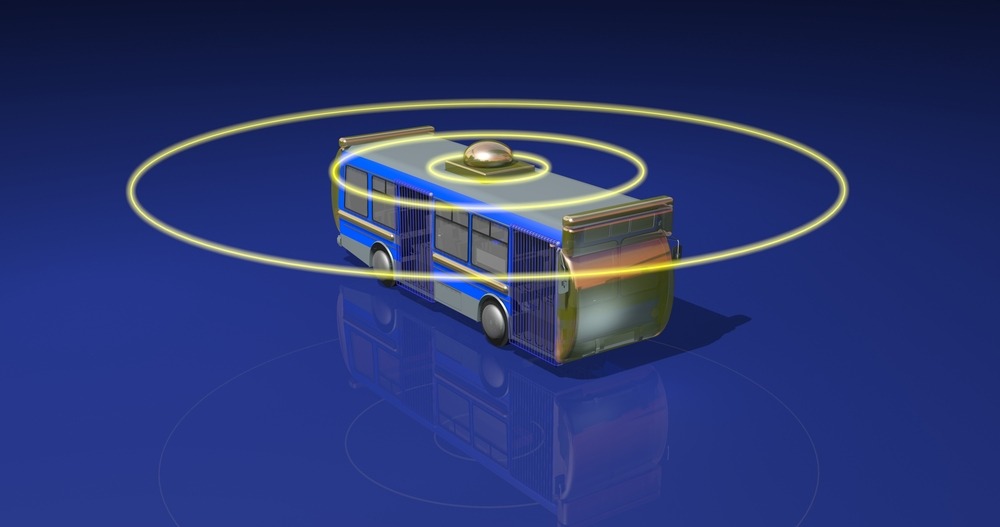
The University of Michigan Dearborn campus plans to implement an autonomous shuttle next year, which was designed by graduate students and was inspired by the National Academy of Engineering initiative “Preparing the Engineer of 2020.”
The university created the Design, Build, and Test curriculum in 2013 with the goal of ensuring every engineering student has the tools needed to compete in a high-tech world.
Earlier this year, Anthony England, dean of the College of Engineering and Computer Science, authorized seed funding for the autonomous-shuttle project.
The foundation of the shuttle already has been built. It will use a Polaris GEM platform and will use three-dimensional GPS maps of campus.
“We’ll start with the GPS map base which identifies roadways, traffic signs, and the like but not variable hazards such as pedestrians,” Sridhar Lakshmanan, an electrical and computer engineering professor, said. “Then we’ll add stereo-camera vision developed in our visual odometry lab to define the location and trajectory of any object in the shuttle’s path. Lidar sensors—also under study here—will add more size, distance, and object movement detail.”
The shuttle, which will be full service by 2019, will run a 1.8-mi-long route. Testing on campus will expose the shuttle to real-world situations without having to comply with Michigan Department of Transportation rules.